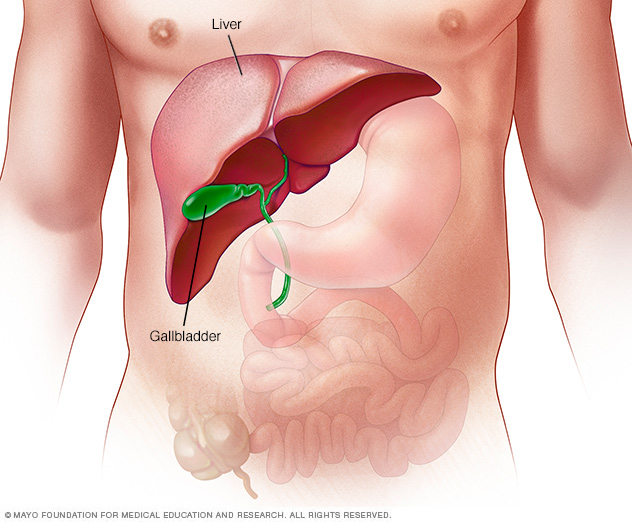A liver hemangioma is a tangled network of blood vessels in or on the surface of the liver. This tumor is noncancerous and usually doesn’t cause symptoms. In fact, most people don’t even know they have a liver hemangioma. It’s usually only discovered during a test or procedure for an unrelated condition. Even when they’re diagnosed, most liver hemangiomas don’t require treatment.
A liver hemangioma is noncancerous and doesn’t increase your risk of developing cancer. The tumor is usually small, measuring less than 4 centimeters in diameter. In some cases, however, it can grow much larger. A larger tumor is more likely to cause symptoms, such as abdominal pain and nausea. Pregnant women and women using estrogen replacement therapy have a higher risk of developing a large hemangioma. This is because estrogen may contribute to the growth of liver hemangiomas.
Most people only have one liver hemangioma. However, it’s possible for several hemangiomas to form on the liver at once.
A liver hemangioma typically doesn’t cause complications in adults, but it can be more dangerous when it develops in infants. In babies, the growth is called infantile hemangioendothelioma. It’s usually diagnosed before the baby is 6 months old. This is a rare condition in infants. Although the tumor isn’t cancerous, it has been linked to higher rates of heart failure.



 Contact Us
Contact Us






 Hospitals
Hospitals
 Doctors
Doctors
 Diagnostic
Diagnostic
 Pharmacy
Pharmacy
 Health Tips
Health Tips
 Blog
Blog

























Comments